Table of Contents Show
Despite being the backbone of India’s power sector, state-run distribution companies (DISCOMs) have long struggled with structural and operational inefficiencies that undermine their financial health and service delivery. These challenges are well-documented and persist despite multiple rounds of reforms and bailout packages. Some of the key issues include:
High AT&C Losses
One of the most persistent challenges faced by India’s power distribution sector is the high Aggregate Technical and Commercial (AT&C) losses, especially in state-run Distribution Companies. AT&C loss is a comprehensive metric that combines both technical losses (due to energy dissipation in electrical components like transformers and conductors) and commercial losses (stemming from theft, faulty metering, and poor billing and collection efficiency).
While India has made significant progress in expanding electricity access and strengthening transmission networks, distribution remains the weakest link. Many state-run DISCOMs continue to operate with AT&C losses well above the normative threshold of 15%. In several states, particularly in parts of Uttar Pradesh, Jharkhand, Bihar, and the North-Eastern region, losses often exceed 25–30%, and in some pockets, they can go as high as 40%.
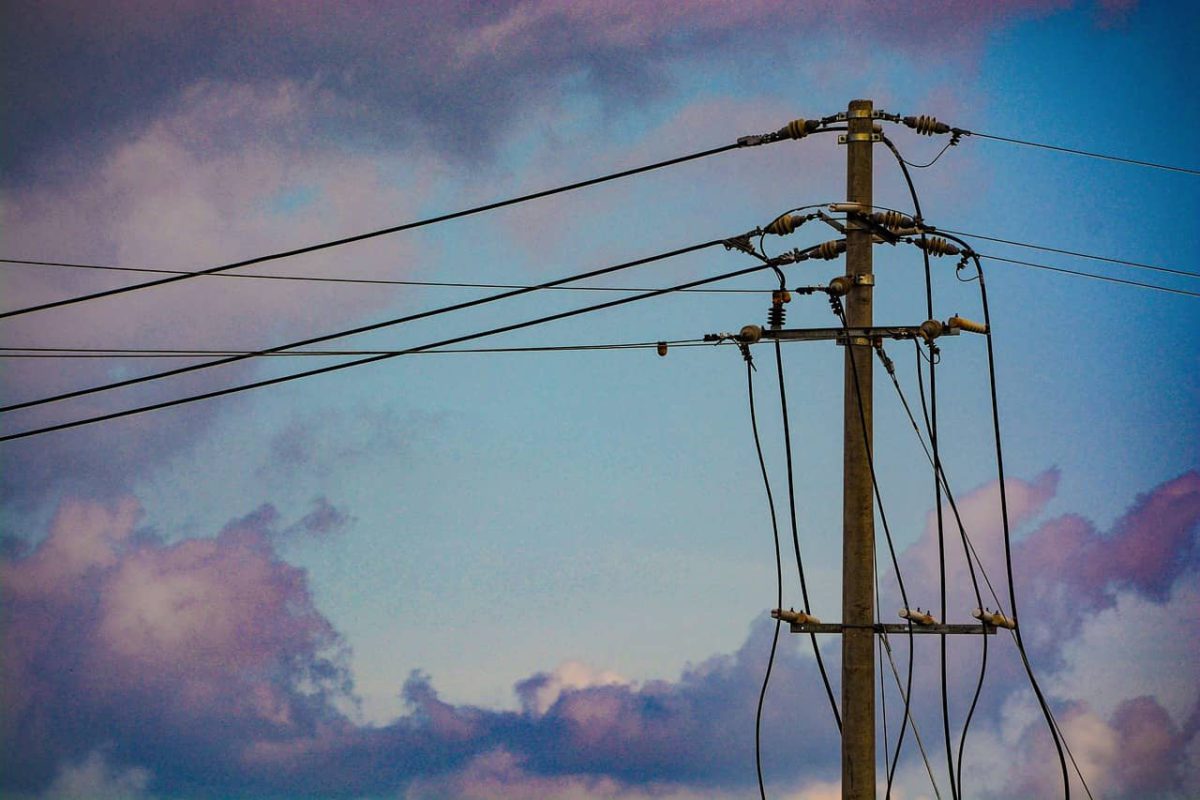
These high losses directly impact the financial health of DISCOMs, pushing them into a vicious cycle of mounting debt, inadequate investment in infrastructure, and declining quality of supply. Despite various government interventions, including UDAY and the more recent Revamped Distribution Sector Scheme (RDSS), sustained improvement remains elusive for many utilities due to systemic issues such as:
- Legacy infrastructure and outdated metering systems
- Poor enforcement of billing and collection processes
- Political pressures to offer free or subsidized power
- Inadequate accountability and limited use of data for operational decisions
Addressing high AT&C losses is critical not just for DISCOM viability but also for the broader energy transition. With increasing integration of renewables and distributed energy resources, the technical and commercial efficiency of the grid will be a key enabler of India’s decarbonization goals.
Inadequate Cost Recovery and Subsidised Tariffs
A major structural weakness affecting the financial sustainability of state-run DISCOMs in India is the chronic issue of inadequate cost recovery. The cost of supplying power—including procurement, transmission, distribution, and administrative expenses—is often significantly higher than the revenue DISCOMs collect from consumers.
This gap is largely driven by heavily subsidised tariffs and cross-subsidization policies mandated by state governments. Many DISCOMs sell power at tariffs that are lower than the cost of supply, particularly to agricultural and residential consumers. Political compulsions often lead to cross-subsidisation and delayed tariff revisions.
To support socio-economic objectives, many states provide subsidised or even free electricity to certain consumer categories, particularly agricultural and low-income residential users. While such measures aim to promote equity and rural development, they often come at the expense of the DISCOMs’ financial health.
Industrial and commercial consumers are typically charged higher rates to compensate for these subsidies, which in turn impacts competitiveness and can lead to load migration through rooftop solar or open access.
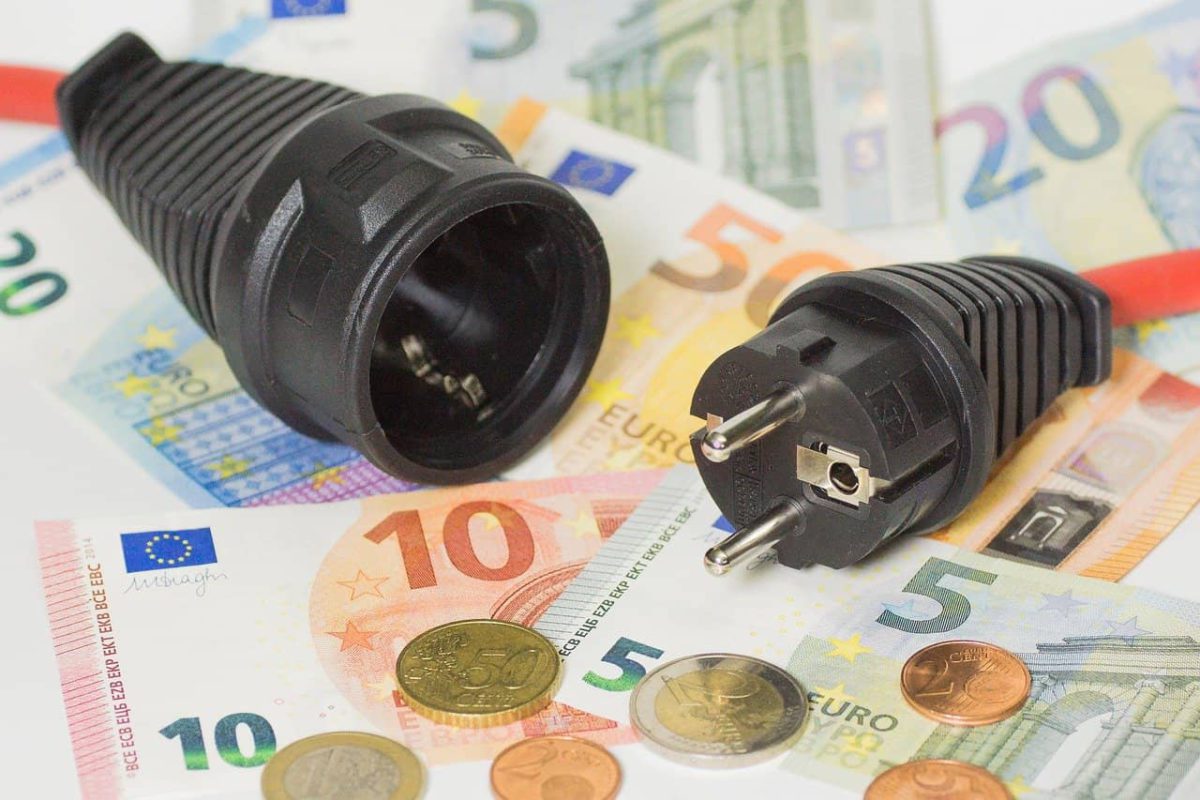
Further compounding the problem is the delay in subsidy reimbursements from state governments. DISCOMs are expected to recover the shortfall through timely subsidy payments, but in practice, these are often delayed or underpaid, forcing DISCOMs to rely on expensive short-term borrowings to meet their obligations.
The result is a persistent revenue gap—known as the “Average Cost of Supply (ACS)–Average Revenue Realised (ARR) gap”—which continues to widen in several states. Despite multiple reforms, including UDAY and RDSS, tariff rationalisation remains a politically sensitive issue, and many state regulators are unable to approve cost-reflective tariffs.
Addressing this challenge requires a multipronged approach:
- Timely and transparent subsidy payments by state governments
- Gradual tariff rationalisation to better reflect actual costs
- Targeted Direct Benefit Transfers (DBT) to protect vulnerable consumers without distorting price signals
- Greater autonomy for State Electricity Regulatory Commissions (SERCs) to insulate tariff-setting from political interference
Unless DISCOMs are empowered to recover their costs sustainably, investments in grid modernization, renewable integration, and service quality improvements will continue to be constrained.
Poor Service Quality and Reliability
Service quality and reliability continue to be pressing concerns in many state-run DISCOMs across India. Despite significant improvements in electricity access over the last decade, the consistency and quality of supply remain inadequate, especially in rural and semi-urban areas.
Frequent outages, voltage fluctuations, long response times for complaint resolution, and delays in new service connections are common grievances among consumers served by state-run utilities. While urban centres and industrial zones may receive relatively stable power, millions of households and small businesses in less prioritized regions continue to suffer from unreliable supply, often relying on costly backup solutions like diesel generators and inverters.
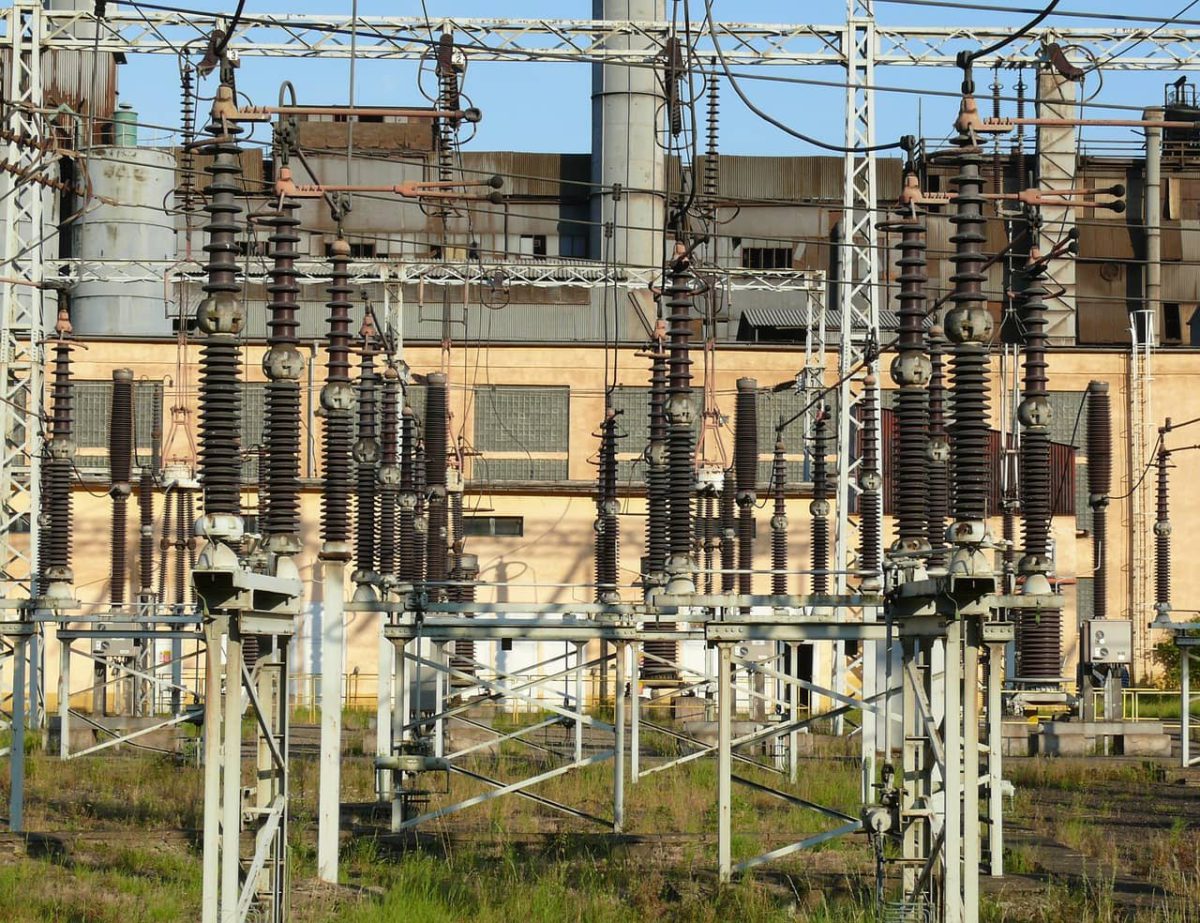
One of the key indicators of service quality—SAIDI (System Average Interruption Duration Index) and SAIFI (System Average Interruption Frequency Index)—shows wide disparity across states. In some cases, consumers face several hundred hours of outage annually, far exceeding acceptable global benchmarks. Poor reliability not only impacts day-to-day life but also undermines economic productivity and investor confidence in affected regions.
Several factors contribute to this situation:
- Aging and overloaded distribution infrastructure
- Inadequate preventive maintenance and asset management
- Underinvestment in automation and remote monitoring technologies
- Skilled manpower shortages and operational inefficiencies
- Poor accountability frameworks and consumer grievance redressal mechanisms
The lack of reliable power also weakens consumer trust in the formal grid, making them less willing to pay, which further deepens the DISCOMs’ financial woes—a vicious cycle of poor service and poor recovery.
Improving service quality must be a priority for DISCOM reform. Key steps include:
- Investing in feeder and distribution transformer-level monitoring
- Implementing outage management systems (OMS) and customer notification tools
- Leveraging smart meters and GIS-based asset tracking
- Strengthening consumer grievance redressal through digital platforms and citizen charters
For India’s distribution sector to truly modernize, improving reliability and consumer satisfaction is just as important as financial turnaround.
Operational Inefficiencies
Operational inefficiencies are a major bottleneck in the performance of state-run DISCOMs. These inefficiencies manifest across the value chain—from network planning and maintenance to metering, billing, and customer service—and severely hinder the utilities’ ability to deliver reliable, cost-effective power to consumers.
Many state-run DISCOMs operate with outdated processes, manual interventions, and fragmented data systems. This lack of automation and real-time visibility hampers decision-making and leads to suboptimal utilization of resources.
For instance, network expansion projects are often executed without robust demand forecasting or geospatial planning, resulting in overloading of some feeders and underutilization of others.
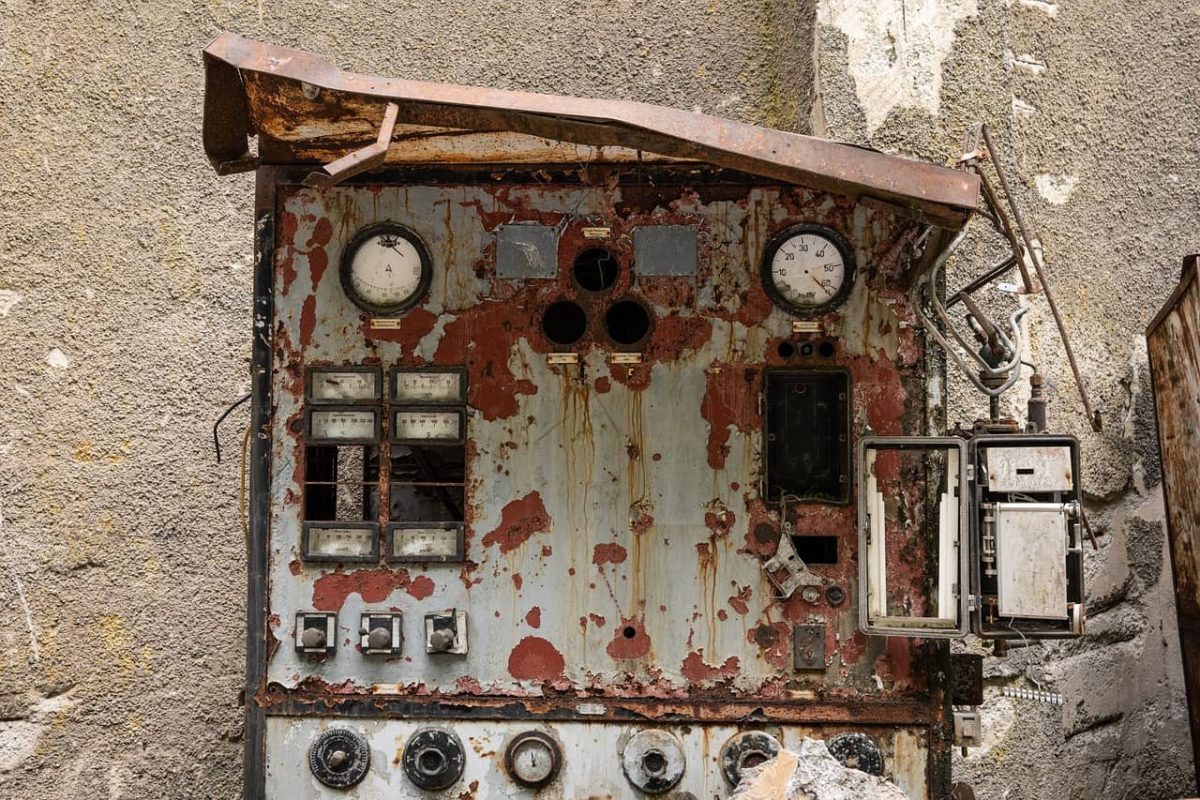
Key areas where operational inefficiencies are prominent include:
- Metering and Billing: A large proportion of consumers, particularly in rural areas, continue to be served through electromechanical or faulty meters. Manual meter reading and paper-based billing are still prevalent, leading to human error, theft, and delayed revenue realization.
- Outage Management: Many DISCOMs lack modern systems for fault detection, isolation, and restoration. Without automated switching and SCADA coverage at the distribution level, outages take longer to diagnose and resolve.
- Asset Management: Preventive maintenance practices are rarely data-driven. Transformers and feeders are often not monitored for overload or faults until they fail, resulting in avoidable downtimes and higher repair costs.
- Workforce Productivity: DISCOMs often suffer from overstaffing in certain areas and acute skill shortages in others, especially in IT, data analytics, and automation. This misalignment affects field operations and the ability to adopt new technologies.
- Consumer Services: High complaint volumes, long resolution times, and low satisfaction scores reflect inefficient customer service practices and weak accountability.
To address these issues, state-run DISCOMs must focus on:
- Digitizing core operations through Enterprise Resource Planning (ERP), GIS, and consumer service portals
- Deploying smart meters and AMI systems to automate data collection and billing
- Adopting Distribution Management Systems (DMS) and real-time network analytics
- Training and re-skilling the workforce for digital tools and performance-based operations
- Embedding key performance indicators (KPIs) into day-to-day monitoring and incentive structures
Eliminating operational inefficiencies is essential for reducing losses, improving service quality, and building the foundations for a modern, data-driven distribution utility.
Political and Institutional Constraints
Political and institutional constraints are among the most deeply entrenched challenges facing state-run DISCOMs in India. These constraints often override economic logic and operational best practices, leading to policy distortions, inefficiencies, and chronic financial stress within the power distribution sector.
Electricity is a concurrent subject under the Indian Constitution, giving both the central and state governments authority over power-related matters. In practice, however, state governments exert significant control over DISCOMs—most of which are publicly owned entities—resulting in political interference in key operational and commercial decisions.

Some of the most pressing political and institutional issues include:
- Subsidised or Free Power without Timely Compensation: State governments often announce free or highly subsidised electricity—particularly for agriculture—without ensuring timely or full reimbursement to DISCOMs, leading to severe cash flow issues.
- Reluctance to Raise Tariffs: Even when costs rise, many state regulators delay or dilute tariff revisions due to political pressures, especially in election years. This widens the gap between the Average Cost of Supply (ACS) and Average Revenue Realised (ARR), undermining financial sustainability.
- Appointment of Key Personnel: Leadership positions in DISCOMs are frequently filled based on political considerations rather than merit or sector expertise, weakening institutional capacity and continuity in reforms.
- Weak Autonomy of Regulatory Commissions: State Electricity Regulatory Commissions (SERCs), though designed as independent bodies, often face subtle or overt pressure to align with government agendas, compromising their ability to enforce accountability and cost-reflective tariffs.
- Populist Schemes without Operational Readiness: Political announcements such as universal free electricity or 24×7 supply often precede necessary investments in infrastructure and planning, leading to stress on already fragile distribution systems.
These constraints create a cycle of underperformance, where DISCOMs are unable to function as commercially viable entities. Reforms such as the Revamped Distribution Sector Scheme (RDSS) and the Electricity (Amendment) Bill seek to address some of these issues by incentivizing performance, promoting private participation, and encouraging greater regulatory independence. However, lasting change will require:
- Greater political will to separate populism from power sector governance
- Strengthening institutional frameworks to ensure accountability and transparency
- Depoliticisation of operational decisions within DISCOMs
- Empowering regulators to function independently with adequate resources and autonomy
Breaking the political-institutional gridlock is essential to transform DISCOMs into resilient, customer-centric, and financially healthy entities capable of supporting India’s energy transition goals.
Mounting Debt and Cash Flow Stress
State-run Distribution Companies in India are grappling with severe financial distress, marked by mounting debt and chronic cash flow stress. Despite multiple bailout and reform schemes over the years, including UDAY (Ujwal DISCOM Assurance Yojana) and the ongoing Revamped Distribution Sector Scheme (RDSS), many DISCOMs continue to accumulate liabilities at unsustainable levels.
The financial woes stem primarily from a mismatch between revenue collections and expenditure. Factors such as high AT&C losses, non-cost-reflective tariffs, delayed subsidy reimbursements, and operational inefficiencies result in persistent deficits. To bridge these gaps, DISCOMs frequently resort to short-term borrowings, leading to a ballooning debt burden.
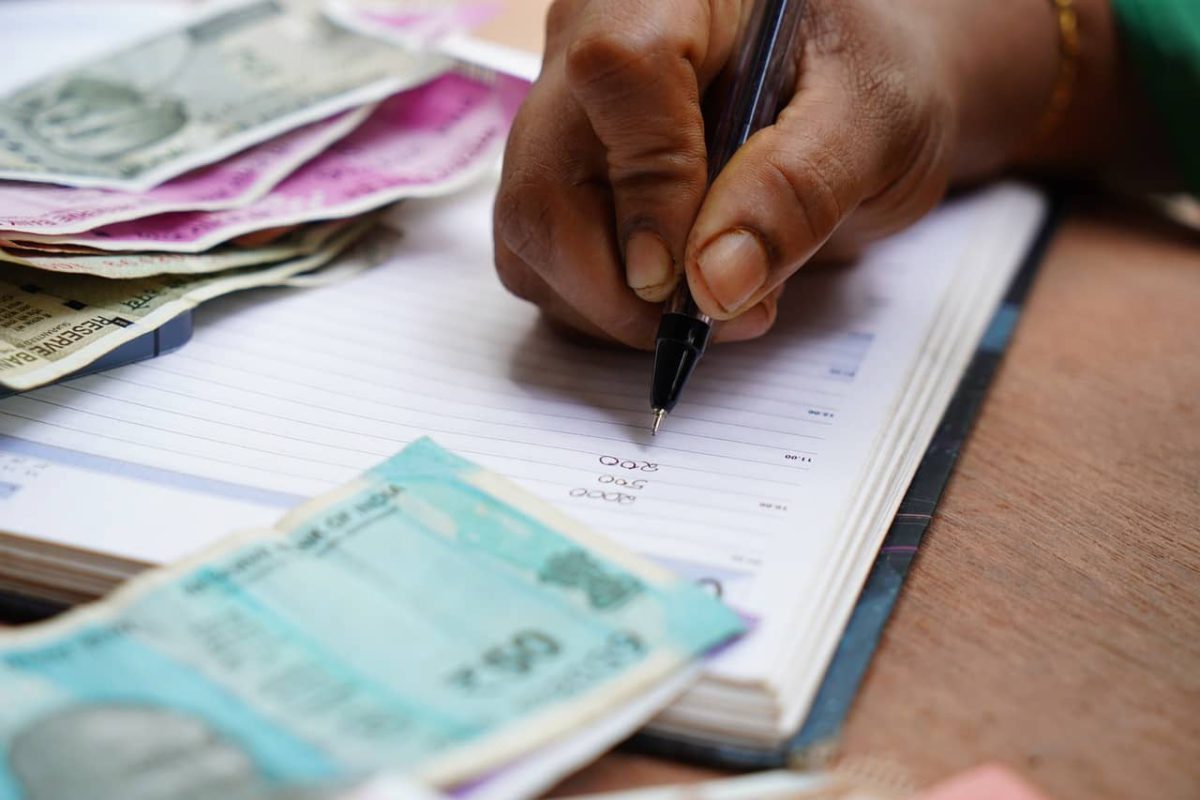
As per recent estimates, the cumulative outstanding dues of DISCOMs to power generating companies (gencos) and transmission utilities often exceed ₹1 lakh crore. Many utilities also owe substantial amounts to vendors and contractors, delaying critical infrastructure projects and service delivery.
These dues have a ripple effect across the power sector value chain, impacting the financial health of generation and transmission companies and discouraging private investment.
Key drivers of cash flow stress include:
- Delayed tariff hikes that fail to keep pace with rising power procurement costs
- Low billing and collection efficiency, especially in rural and agricultural segments
- Subsidy arrears from state governments, sometimes running into thousands of crores
- Payment delays from government departments and municipal bodies, who are major consumers
This precarious financial position limits the ability of DISCOMs to invest in modernization, digital infrastructure, and grid resilience. Even where central government schemes offer capital support, DISCOMs often struggle to mobilize their share of funding due to liquidity constraints.
To address the debt and liquidity crisis, recent policy measures include:
- Late Payment Surcharge Rules to ensure timely payments to gencos
- Smart meter rollouts aimed at improving billing and collection
- Liquidity infusion schemes such as the ₹1.2 lakh crore package during the COVID-19 pandemic
- Performance-linked funding under RDSS, which ties financial support to measurable improvements
However, for these measures to yield lasting results, systemic reforms are essential. DISCOMs must move towards a financially disciplined, transparent, and performance-oriented business model, supported by strong regulatory oversight and political commitment.





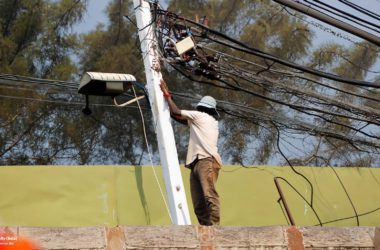

Comments 1